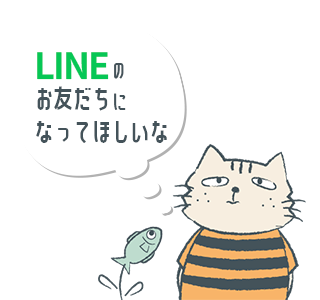How to enjoy Naoshima beyond art, discovered through living and playing. Islander Interviews – Ideal for Your Trip Home
We asked a video director who traveled to Naoshima as an art student and later moved to the island to form a family music unit representing the island, how to enjoy Naoshima. She told us about her tips for experiencing island time in Naoshima, which is known as a sacred place for contemporary art and overflows with tourists from Japan and abroad, to make your trip even richer.
-
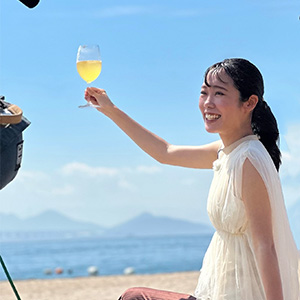
Announcer of island life
Mana


Announcer of island life
Mana
Born in Yokohama. After visiting the Setouchi International Art Festival as a student, she fell in love with the islands and moved to Kagawa, where she joined Setonaikai Broadcasting, covering art, traditional culture, and daily life on the islands.
-
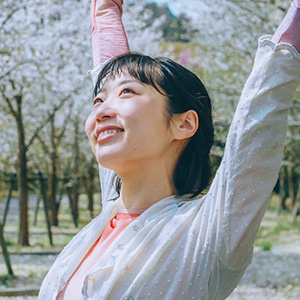
Lives in Naoshima
Maki Fukushima


Lives in Naoshima
Maki Fukushima
Born in Hokkaido, Japan. She has been traveling around Naoshima and other islands since she was a student, and moved to Naoshima from Kanto with her family in 2018 after working as a video director. She and her husband, Setsu Fukushima, a music producer, and their daughter, Nagisa, create and perform music about NaoshimaNaoshima Seto Inland Sea, and Maki writes lyrics and also performs using sanukite. Click here for the interview
Moved to Naoshima have been a tourist for over 10 years. What is the charm of the island beyond art?
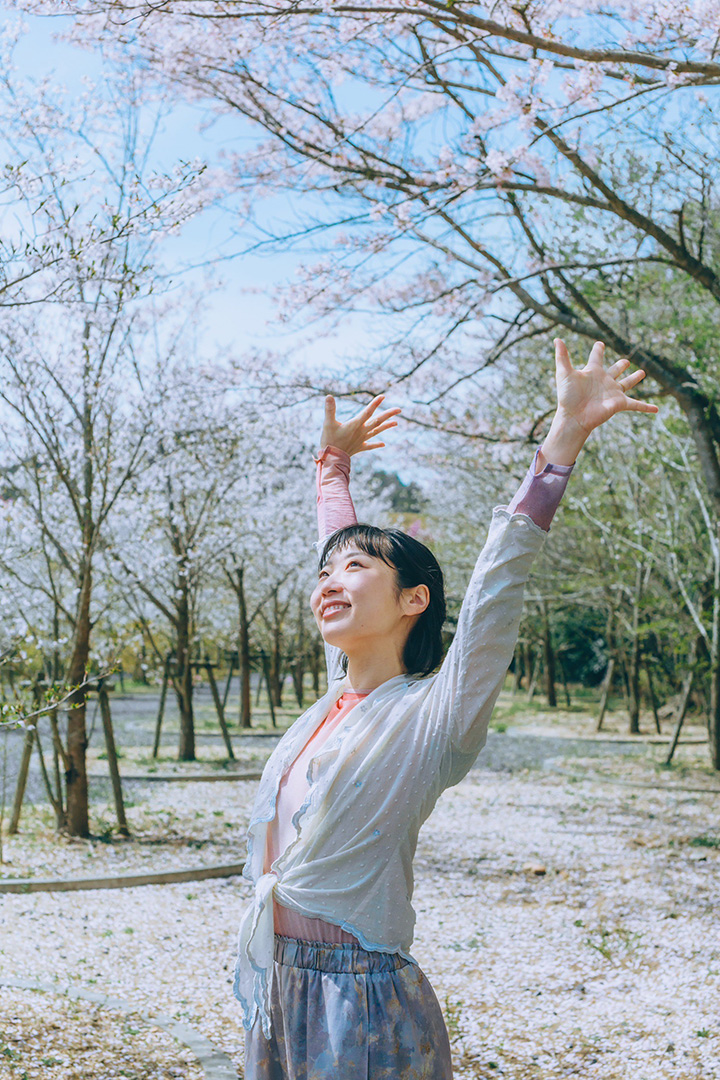
Maki Fukushima, a video director who moved from Tokyo with her family in 2018, first encountered Naoshima when she was an art student before Setogei began.
I met Naoshima when I was an art student before Setogei started," she says. So I took the Seishun 18 ticket to come here, and that was my first encounter with Naoshima. When I arrived at the island, I wondered if there really was a contemporary art museum in such a peaceful place. So I rented a bicycle without roadside assistance near the harbor and went up the hill in a sweat, and when I finally arrived at the museum, it was closed! I hadn't checked beforehand. I changed my plans and went to the Benesse House Museum and spent the rest of my time playing on the beach. The sand and waves were completely different from the sea I knew, and I remember thinking how beautiful it was when I saw the calm sea, which was like a lake, for the first time. The next year, I made sure to check the opening date and went to see the Chichu Art Museum. After the Setouchi International Art Festival started, I continued to visit every year. I felt like " Naoshima calling me" around the time the summer vacation started. Even after I started working and became busy, there were times when I came by night bus after work, stayed only one night, and then took the night bus back home again.
The reason Fukushima-san decided to move to Naoshima was to raise her children.
I loved Naoshima, but I had been working hard in Tokyo and had never imagined moving there. But when I started raising my child in Tokyo, I felt very cramped. People looked at me like I was bothering them when I got on the train, it was hard just to get around, and when I walked down the street, bicycles ran right by me, making it dangerous. It was then that I remembered, 'Oh, there's Naoshima.
Since he began living on the island, Fukushima says he has been actively talking to foreign tourists who visited the island for the Setouchi International Art Festival.
They come from so many different countries. It's very interesting to talk to them. The other day, I talked to a tourist from Germany who came alone. I talked to him while he was relaxing on the beach, and he said he had only been to the Chichu Art Museum, so I told him that the House Project was also nice and that the Benesse House Museum was close by. I told him that the Chichu Art Museum was very good and I wanted to take that impression home with me. I will visit the other museums when I come back next time. It was a wonderful use of time. But if you see too many museums, you lose the impression of each one, and the time you spend at each one becomes shorter.
Fukushima says she is also inspired by the conversations she has with tourists who visit the island. If you are planning to visit the island, I highly recommend staying on the island.
After the last boat leaves and the tourists return home, the grandmothers of the island slowly emerge from their homes and begin to converse with each other, which I find very endearing. And the overnight tourists, after seeing the boats leave, spend their time relaxing in the square in front of the harbor, drinking canned beer, taking pictures, and doing whatever they want to do. I really like that atmosphere.
We asked Mr. Fukushima, who is active as a video director, to share his recommendations for viewpoints on the island.
The view from the slope going from Chichu Art Museum to Miyanoura Port. In the evening, it's great to bike down from the museum side while watching the sunset. I also visited a café called Naoshima Coffee, which was built on the ocean side of Honmura. It has an ocean view and is a comfortable place to stay for a long time.
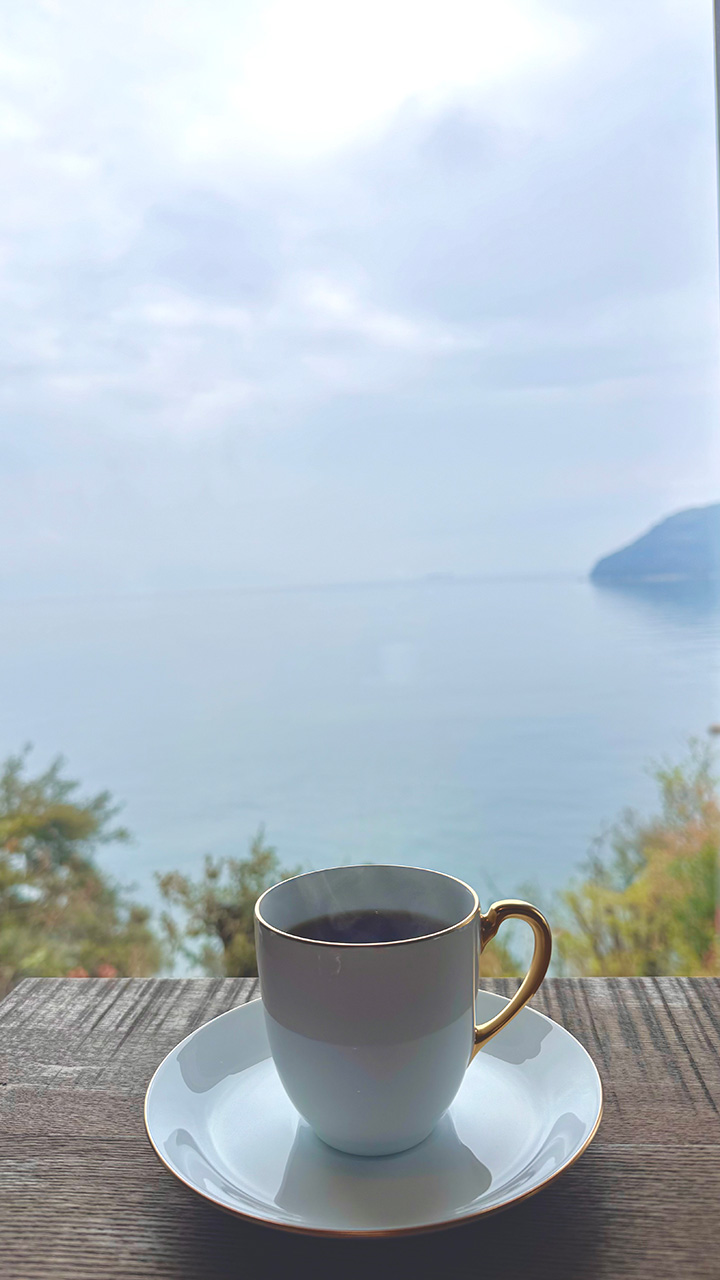
Not only is the scenery spectacular, but depending on the timing, the island also offers the unique opportunity to have it all to oneself.
There is a work by Tadao Ando called "Cherry Blossom Labyrinth," and it is so beautiful during the cherry blossom season that it is almost out of this world. The cherry blossoms are in full bloom around the time before Golden Week, and they are so beautiful, but when I stop by for a walk in the morning, there is no one there. It is unthinkable in the city that there are cherry blossoms in full bloom and no one is around. The view of the petals falling in the wind is also really beautiful. You feel like you've wandered into a wonderland.
According to Mr. Fukushima, the residents of the island are all multi-talented. They have a different face from their main job, or they have hidden skills, making them "a parade of interesting people.
Perhaps it is because there are so few people on the island that there are so many multi-talented people who can do anything. When I was a tourist myself, I didn't have much of a chance to talk to the islanders, so I didn't realize how interesting they were. Recently, a photographer named Kohei Iwata moved to the island, and he offers a service where he goes around the island and takes pictures for you. I recommend this service because it leaves much better photos than selfies.
It is also important to allow plenty of time to interact with the people who live on the island.
It is good to have enough time not only to go to the places you have planned, but also to be able to enjoy yourself even if something irregular happens. When we used to have Nagashi Somen in the community, we prepared too many Somen and had too many left over. Then one of the participants said, "I'll bring someone with me," and brought two college girls who were on vacation. I'm sure those girls will always remember that we had somen at Naoshima. I think that kind of chance encounter and casual interaction is the charm of island travel.
-

What is the best season to visit Naoshima & tips to enjoy Setogei many times over?
-

Global Grandpa welcomes you in his old house.
-

Love at first sight on the island! How to enjoy Megijima after moving to the island.
-

Artists talk about Teshima as more than just art.
-

The way to enjoy Naoshima beyond art, discovered through living and playing.


